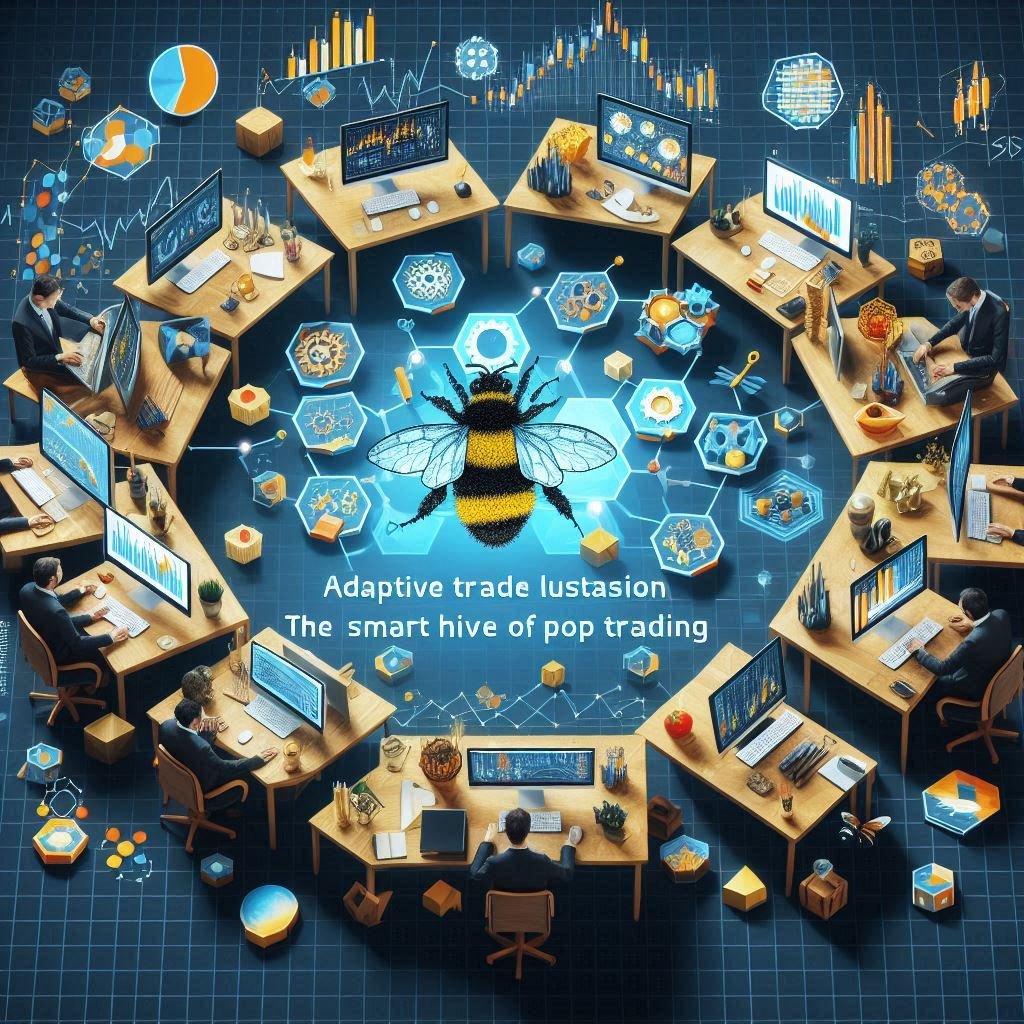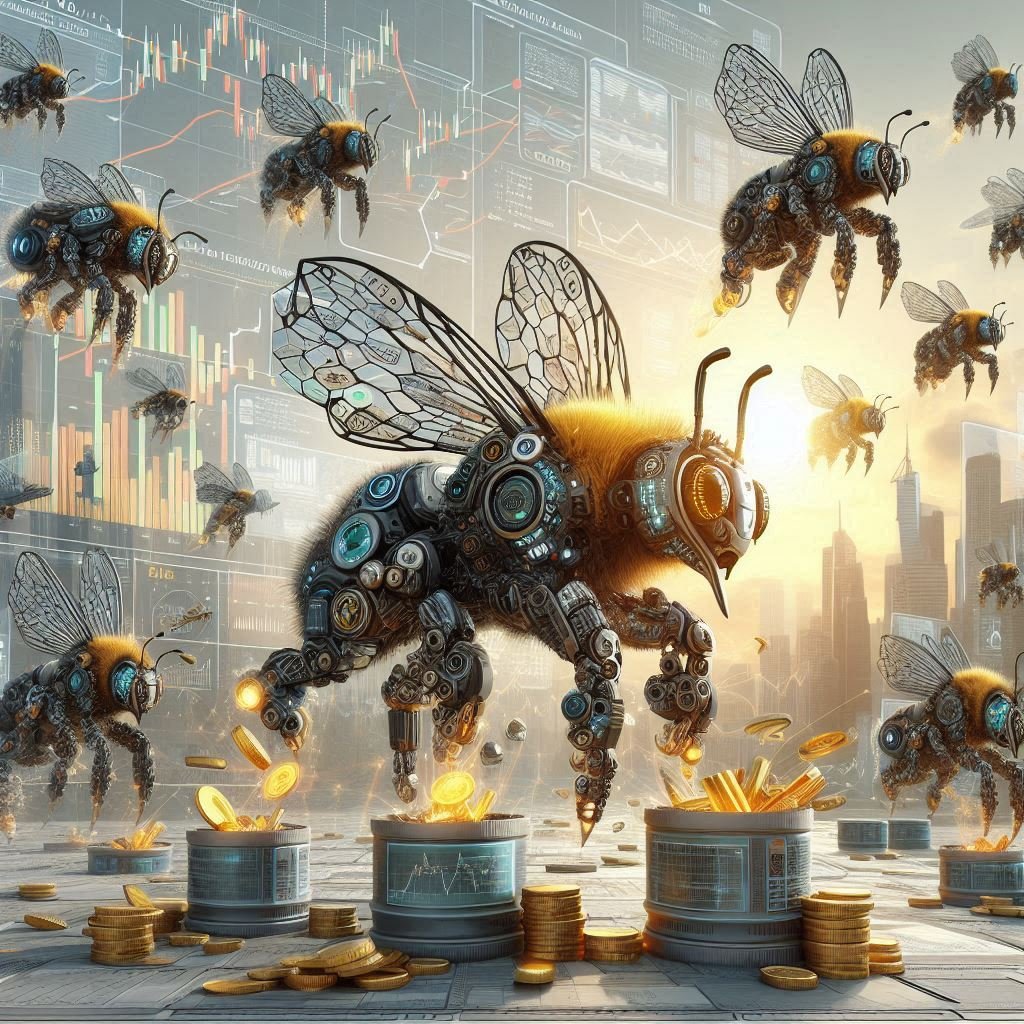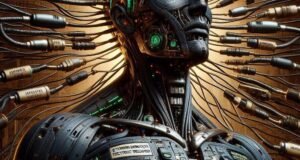Imagine a beehive, bustling with life. Each bee flies in and out, seeking nectar, but it doesn’t follow a rigid flight path set by a ruler. Instead, each bee adjusts its course based on wind, flower bloom, temperature, and the location of other bees. Now imagine if trades could behave the same way—intelligent, responsive, and dynamically grouped based on current market conditions rather than pre-written rules. This is Adaptive Trade Clustering, the next frontier in prop trading.

In traditional trading systems, trades are grouped based on fixed rules—asset class, time of execution, volume, or type. It’s like sorting letters into mailboxes by ZIP code alone. Efficient? Maybe. Adaptive? Not at all. But proprietary trading thrives on speed, agility, and insight. Static rule-based clustering is like using a compass in a GPS world—it gets you in the direction, but not precisely where you need to go.
Adaptive Trade Clustering is like having a neural network that’s constantly reorganizing itself, forming groups of trades not by what they are but by what they’re doing right now. It observes correlations, volatility spikes, order book depth, momentum shifts, and liquidity pulses. When these variables start dancing to a new rhythm, the system recognizes the tune and reshuffles the floor.
In the world of prop trading, where milliseconds matter and inefficiencies are gold mines, this approach is revolutionary. Think of it as a smart swarm of drones in a battlefield—each drone doesn’t just follow its mission blindly. It reacts, groups with others based on new threats, adapts to enemy patterns, and refocuses its target as the battlefield changes. This is exactly what Adaptive Trade Clustering enables in modern prop trading desks.

Let’s break it down further through a metaphor.
Picture a train station. Traditional trade grouping is like placing passengers into compartments based on their ticket class. But what if a storm delays some trains, or a track change alters routes? The original plan becomes useless. Adaptive Trade Clustering, however, watches the schedule board, checks the weather, monitors passenger flow, and instantly regroups travelers into new clusters to optimize movement. No chaos, just a fluid dance of adaptation.
This dynamic methodology becomes particularly powerful in prop trading, where firms deploy capital to exploit fleeting opportunities. Adaptive clusters reveal emerging inefficiencies faster than static models. When a cluster of trades suddenly shows abnormal divergence—say, due to breaking news or a hidden whale move—algorithms flag it, and traders can pivot strategies within seconds. This is not reaction; it’s anticipation.
Moreover, these dynamic clusters can self-learn. Over time, the system refines its grouping logic, recognizing which patterns precede alpha-generating anomalies and which are noise. This continuous feedback loop enhances strategy development, risk control, and performance attribution—pillars of any successful proprietary trading operation.
Think of it like adaptive camo for a chameleon. In a forest, the chameleon turns green. On red sand, it shifts to red. Adaptive Trade Clustering does the same for trades—it camouflages inefficiencies until the right moment, then exposes them when the market’s blind spots align.
In essence, Adaptive Trade Clustering is not just a new tool; it’s a new way of thinking. It reimagines the static world of trade grouping into a living organism—constantly sensing, responding, and evolving.
For prop trading firms looking to gain the upper hand, embracing this approach is like upgrading from analog binoculars to AI-powered radar. The game changes. And so do the profits.




